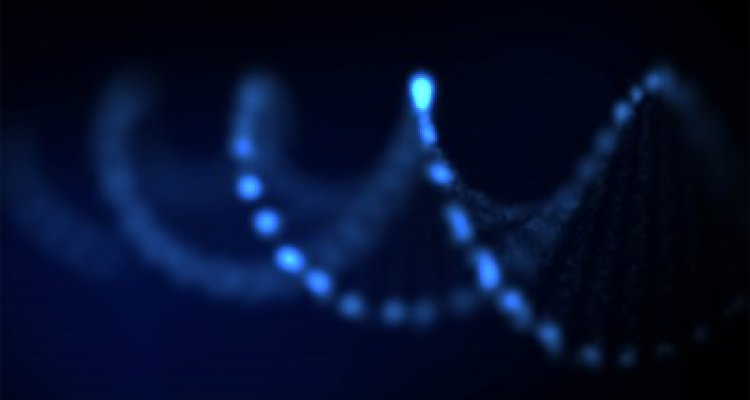Structure and (ultra) fast dynamics of biological macromolecules and complexes thereof
Structure and (ultra) fast dynamics
For many macromolecules (especially membrane proteins) the structure cannot (easily) be determined by X-ray crystallography. In that case, use can be made of many spectroscopic techniques to study specific structural properties. Examples that are studied in our group are bacteriophage M13 coat protein, light-harvesting complex II from green plants and aquaporin. In contrast to the huge amount of structural research that has been performed on biomolecules in the past, research on the dynamics has been lagging far behind, although it should be clear that the dynamics are extremely important for the proper functioning of the bio-molecules. Research of the dynamics of protein and DNA molecules will be a major research issue in our Biophysics group for years to come. A highly sophisticated fluorescence streak-camera system is currently being set up in our lab to study polarized fluorescence dynamics (polarized, wavelength range 260 – 800 nm, instrument response time 3 ps). An ESR setup is being used for dynamics on a timescale of ns to s! and is being upgraded at the moment.


